Projekt Ilica: Q’ART transforms abandoned spaces into vibrant community hubs, merging art, social innovation, and sustainability. Each festival is co-created with citizens through workshops and discussions. With 26 held festivals, 17 reactivated spaces, and 2,583 engaged members—including artists, artisans, designers, and NGOs—the project fosters belonging, creativity, and empowerment. This is art that doesn’t just inhabit space—it reshapes it.
Prizes: All applications
Filter by
Applications (683)
Showing results 391 to 400
Performing Nature established an international platform for artistic and architectural expression. Its context in the fertile countryside of Olevano Romano, Latium, mostly known for the production of wine and olive oil, creates together with the panoramic position of the old house an inspiring setting for discovery, (re)connection with nature, artistic creation and expression, and sharing of cultural and architectural knowledge.
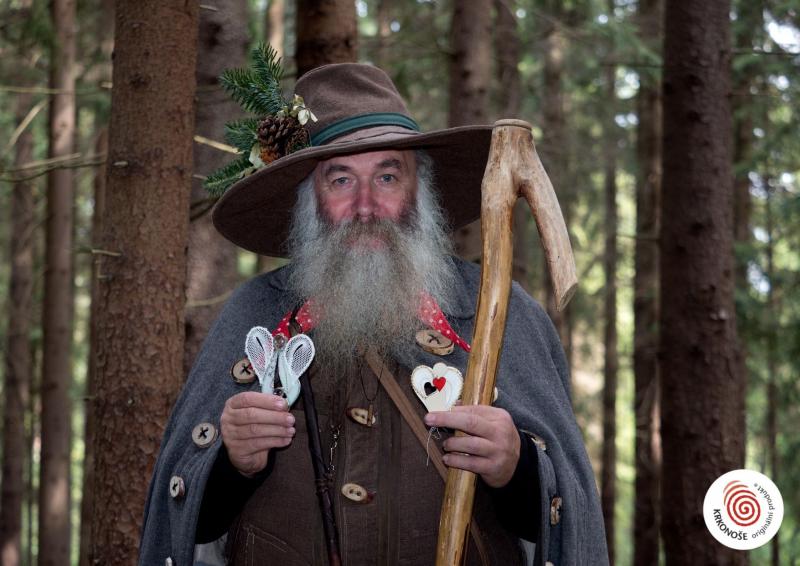
The regional brand of the Krkonoše Mountains represents high-quality local products and services that reflect the unique character, traditions, and natural resources of this beautiful mountain region. By supporting this brand, we contribute to sustainable development, local businesses, and cultural heritage preservation. Working together with artisans, cultural institutions, and local businesses strengthens the community and promotes the value of traditional craftsmanship.
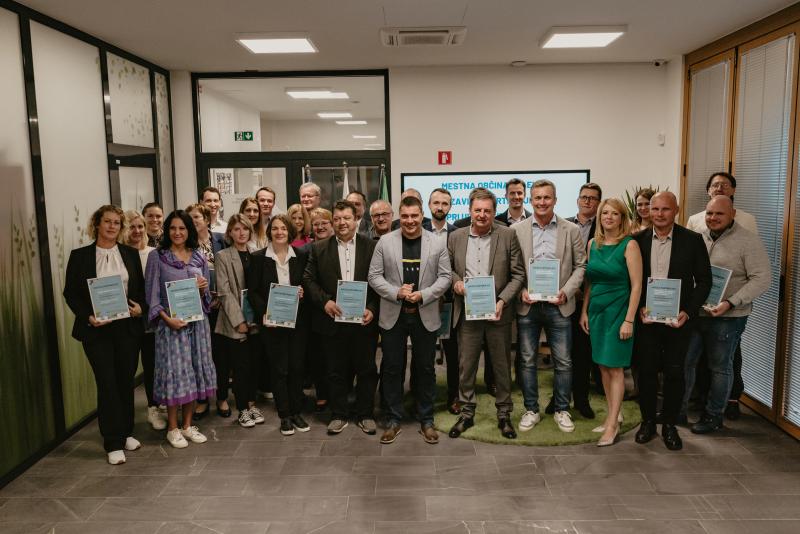
The Climate Energy Office is dedicated to promoting and educating citizens in the areas of energy consumption, mobility, waste and the green economy. Within the office, we offer expert advice in the areas of reducing energy consumption, energy renovation of buildings and the use of renewable energy sources. We organize workshops, lectures and events to raise awareness and educate the public.
“Naturales del Sierro” is an Cooperative of Community Land Exploitation, whose social purpose is the restoration of nature through regenerative management that takes advantage of all the synergies generated between agriculture, forestry and livestock, which increases biodiversity, attracts pollinators, reduces erosion, captures carbon, improves watersheds and provides multiple ecosystem services. It is a holistic model, which respects natural cycles and Andalusian agricultural cultural heritage.
The Old school, with its impact on the community, is anything but ordinary building. It is the foundation of community development, a place that connects all residents, a model of good practice for other municipalities and cities. It is a place that demonstrates how a community is built and how shared values, linking all generations, are created. It fosters a sense of belonging. This is a place where culture, governance, and civil society unite for the benefit of the community.
Navarra Social Housing Plan is the Government of Navarra's response to the growing social demand for rental housing. These buildings represent the sustainable future thanks to their efficiency and industrialisation. Architecture and public building are shown as the solution to the climate crisis. Social housing buildings will be the landmark of innovation for society, creating a new industrial ecosystem in the region based on the circular economy.
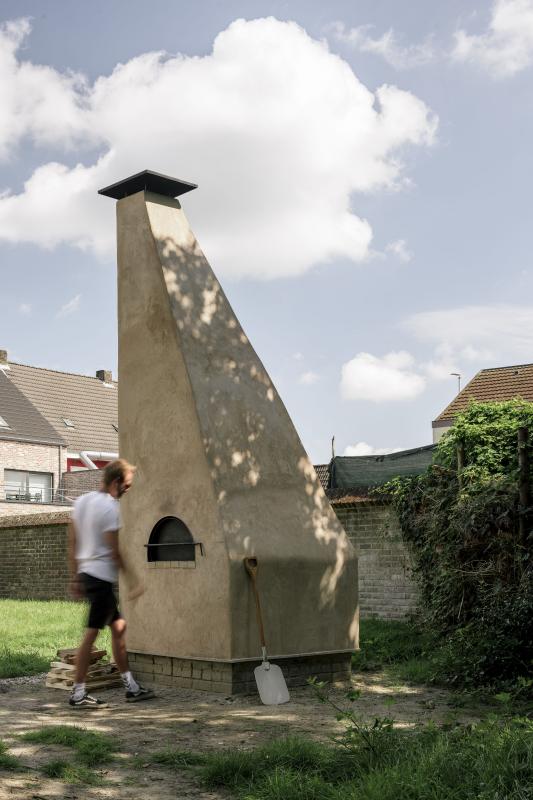
Located in the garden of an abandoned vicarage in a Belgian village, the project features a pavilion for gathering and an outdoor earth oven for communal cooking. The project was developed by the Building Beyond Borders program at Hasselt University with the support of the local community. Through a participatory approach and the use of bio-based, geo-based, and reclaimed materials, the project stands as a model for socially inclusive and environmentally responsible architecture.
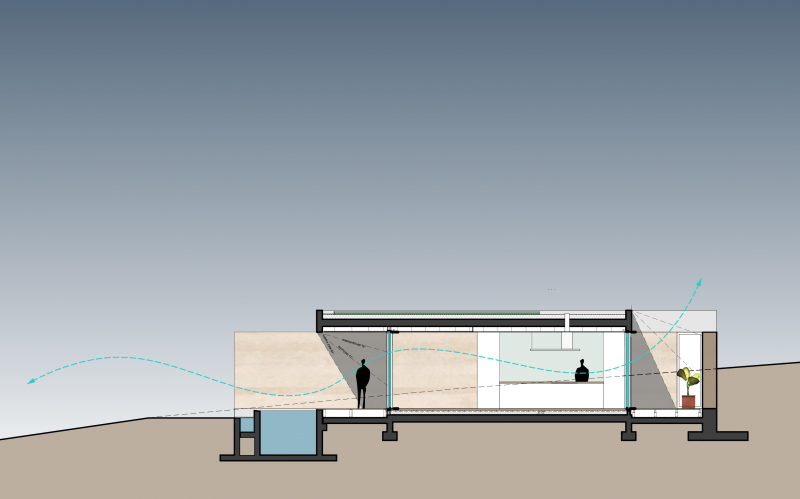
The construction project for this single-storey bioclimatic individual house was developed according to bioclimatic, low-tech principles, but also integration with the site and reconnection to the surrounding nature. Echoing ancestral construction practices, and also in a circular economy initiative, the walls were erected in stabilized earth concrete, uninsulated and unreinforced, implemented using the traditional rammed earth technique.
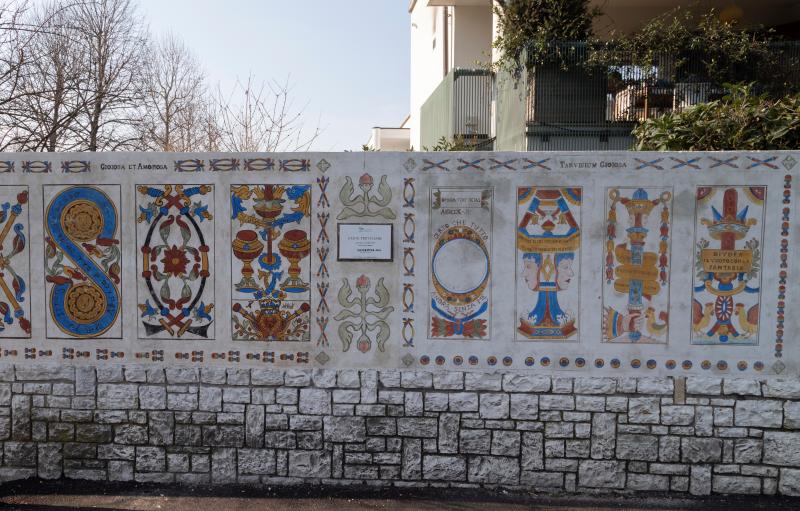
The Restera Art District, RAD, is the fruit of the artistic and participatory regeneration process of a picturesque place on the edge of Treviso, a small city in northeastern Italy, where the urban built environment blends with the thriving nature of the Sile River. It has been achieved through dozens of artistic works and interventions, along with traditional banquets, concerts, gardening and other cultural and recreational activities, carried out by the Anthropica Festival during 2015-2022.
